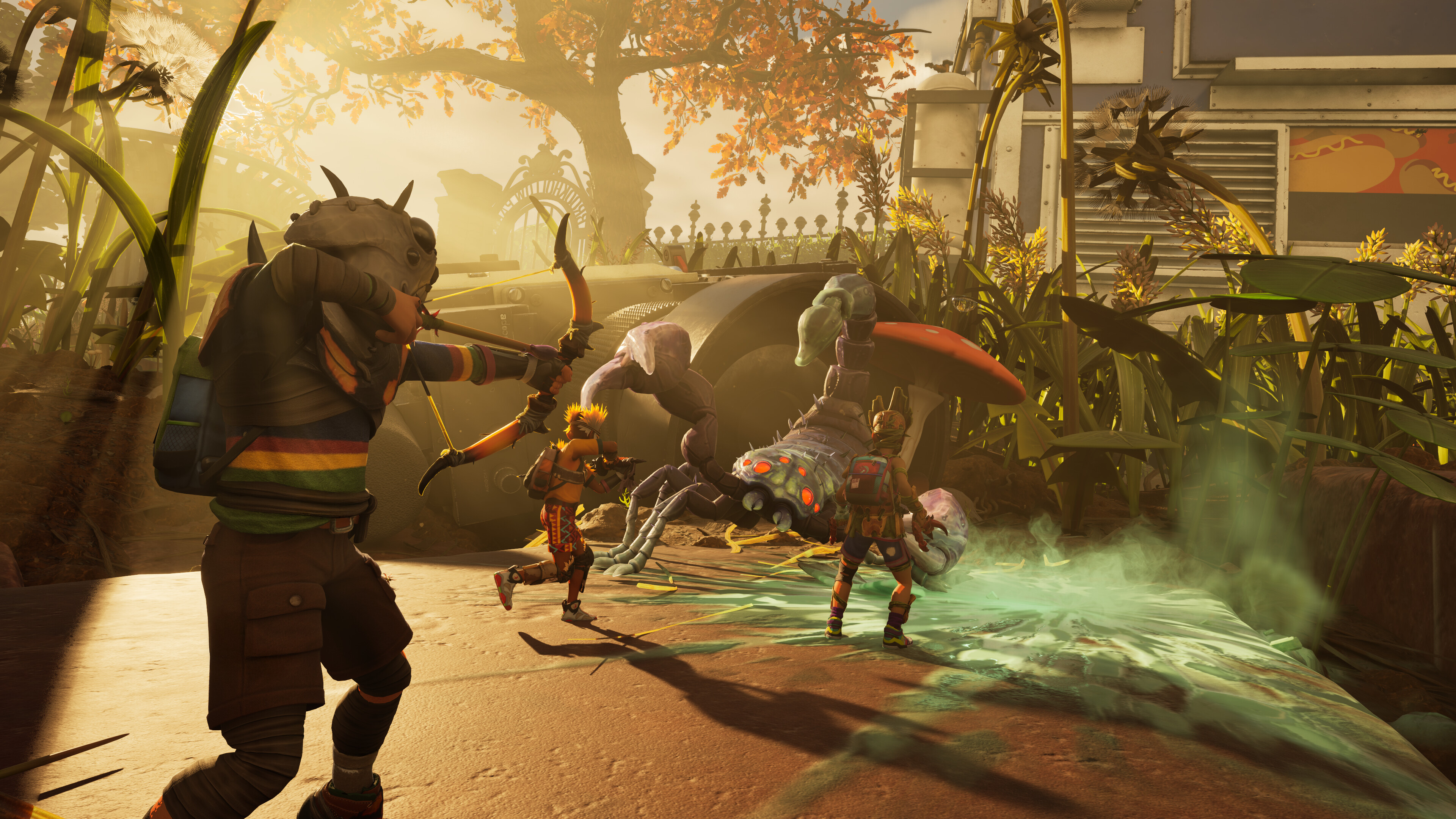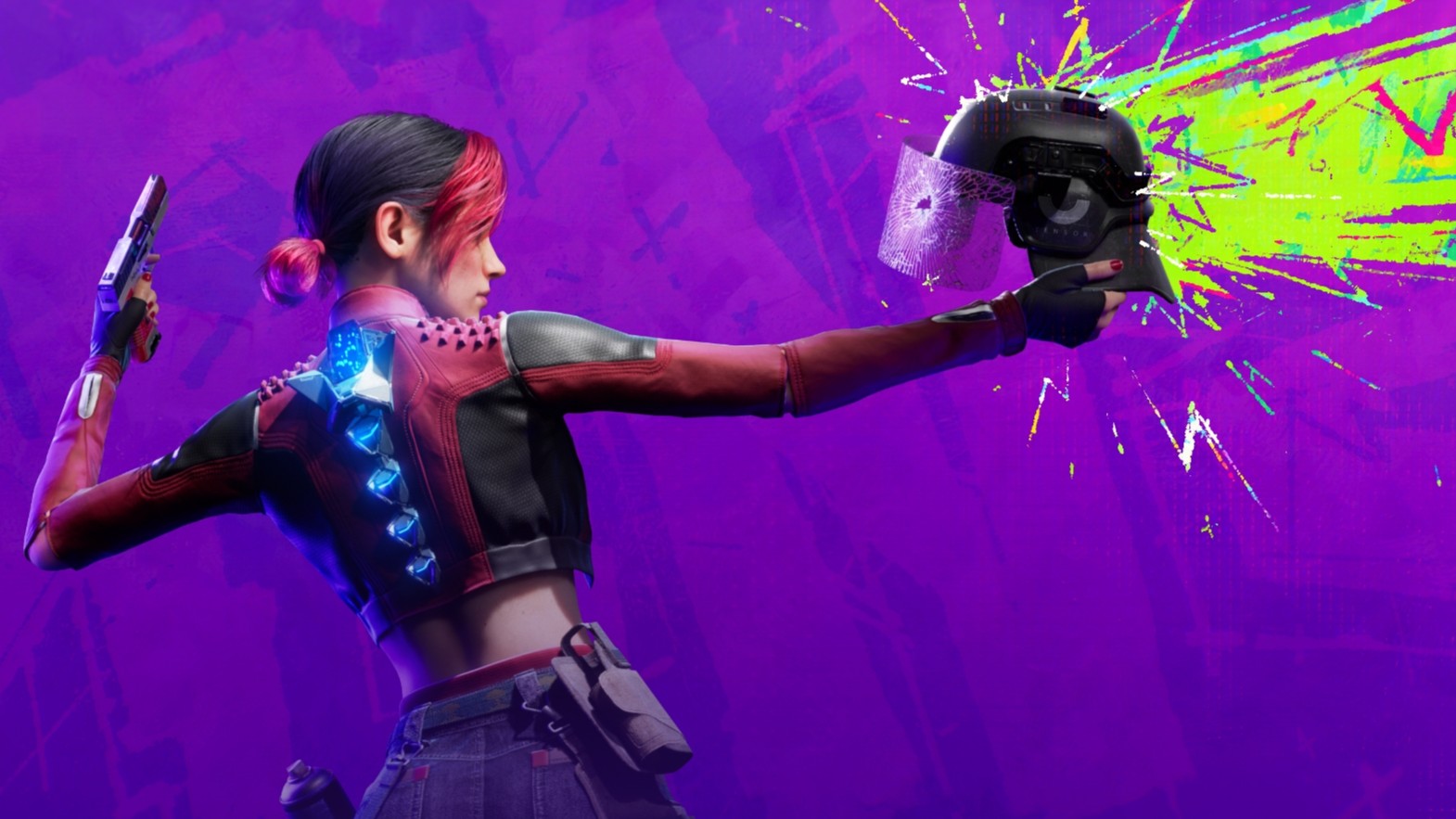
We Played Resident Evil Requiem In Both First-Person And Third-Person

Officially, it’s called Resident Evil Requiem, but make no mistake: this is the ninth mainline entry into the Resident Evil franchise, and set to star yet another new protagonist: FBI Agent Grace Ashcroft.
While Capcom surprised everyone with a trailer during the Summer Games Fest trailer, we got a chance to get the first hands-on preview with Resident Evil Requiem (aka Resident Evil 9) shortly after the announcement. And fans will be happy to know that Capcom is still keeping the series rooted in its newfound survival horror goodness.
First Person or Third Person?
The first question for everyone is likely to be whether or not Resident Evil Requiem will be in the first-person perspective like past mainline games Resident Evil 7 and Resident Evil Village, or will it be playable in third-person like the Resident Evil remake games? The answer to that is both!
That’s right, from the jump Capcom will let players toggle between first-person and third-person perspectives through the Options menu at any point during the campaign. While it’s not the most seamless way to change perspectives, the fact that Resident Evil Requiem lets you swap perspectives at all without needing to restart feels pretty revolutionary for this series.
And with the perspective swaps comes an interesting dilemma, at least one that I encountered while playing Resident Evil Requiem. But first, let me set the table for you.
Scary Times at the Wrenwood Hotel
The trailer shows agent Grace Ashcroft as she awakes upside down on a scary looking examination table, and this is where the gameplay demo begins. Once free, Grace must navigate what appears to be a medical ward. It’s unclear if this is in the hotel or in a separate location, but like other Resident Evil locations such as Raccoon City Police Department, for example, this medical ward appears to be decorated by someone who loves classical architecture.
Grace is pretty powerless from the get-go, and she’s only able to pick up makeshift weapons like glass bottles to use as projectiles. The narrow hallways are sometimes bathed in blinking red emergency lights, or no lights at all, while some doors only lead to pure darkness. At some point Grace finds a lighter that helps her navigate these previously unlit areas.
Capcom describes Grace as a kind of bookworm – as evinced by the trailer when she’s surrounded by a stack of files. So while she’s had combat training thanks to being in the FBI, she’s not a hardened combat veteran like Leon Kennedy or Jill Valentine. That means she’s more afraid of her nightmarish surroundings, and as you explore the dark hallways, you can hear Grace as she lets out calming breaths to steady her nerves. It does a lot to convey how powerless Grace feels compared to more confident heroes like Leon or Jill, and even helps her stand out against Resident Evil’s last new hero, Ethan Winters, who was stoic to a fault.
I know online there’s been some theorizing about who the true main character of Resident Evil Requiem is. And while Capcom has done bait-and-switches before for Resident Evil protagonists, Grace Ashcroft makes a compelling new hero, whose vulnerability in particular already helps her stand out. I’m curious to learn more about Grace, particularly her connection to the forgotten Resident Evil Outbreak games.
Eventually, Grace will encounter a horrifying new monster that kind of reminds me of the creature from the 2022 horror film Barbarian (Fun fact: Barbarian director Zach Cregger is set to direct the next Resident Evil live-action movie). This monster will stalk Grace through the dark corridors much in the same way as Mr. X or Lady Dimitrescu. Combined with Grace’s palpable fear, running away from this mysterious new monster feels even more terrifying and reminds me almost like the first time I played Amnesia: The Dark Descent.
However, this fear I describe is mostly present if you play the game in first-person perspective. And as Capcom revealed during the preview, you can switch perspectives at any time. When I played the demo I did extensive testing in third-person mode, including while running away from Requiem’s new monster. In third-person I found that the tension of hiding and running to still be there, but the fear factor was replaced somewhat with a more action-like feel. In third-person, running away from the monster felt a little more tactical than survival-horror, though given Grace’s limited arsenal it was no less stressful.
Like I said, with only bottles to throw at the monster, Grace is better off running away, and in third-person Grace will stumble over her own feet while getting away, highlighting her inexperience and adding more stress to the encounter.
Resident Evil Requiem director Koshi Nakanishi says that the game will stay true to the survival horror core, but highlight a kind of thrill to the action – and I feel like these two elements are highlighted whenever you swap perspectives. For exploration and dread, first-person is the way to go, but for monster encounters, third-person feels livelier.
Visually, Capcom maintains the high standards set by all previous Resident Evil games since switching to the RE Engine with particular emphasis added to the contrast between light and dark. There are moments where Grace will turn on a hallway light only for it to cast the smallest light possible, while casting menacing shadows.
With Resident Evil Requiem, you no longer have to make the choice between first-person and third-person perspective, something Capcom flirted with when it released a third-person option as DLC for Resident Evil Village. While the balance between horror and action naturally shifts depending on the perspective, my main takeaway is that Resident Evil Requiem was exciting to play in either mode, and looks to continue Capcom’s strong string of game releases.
Matt Kim is IGN’s Senior Features Editor.






